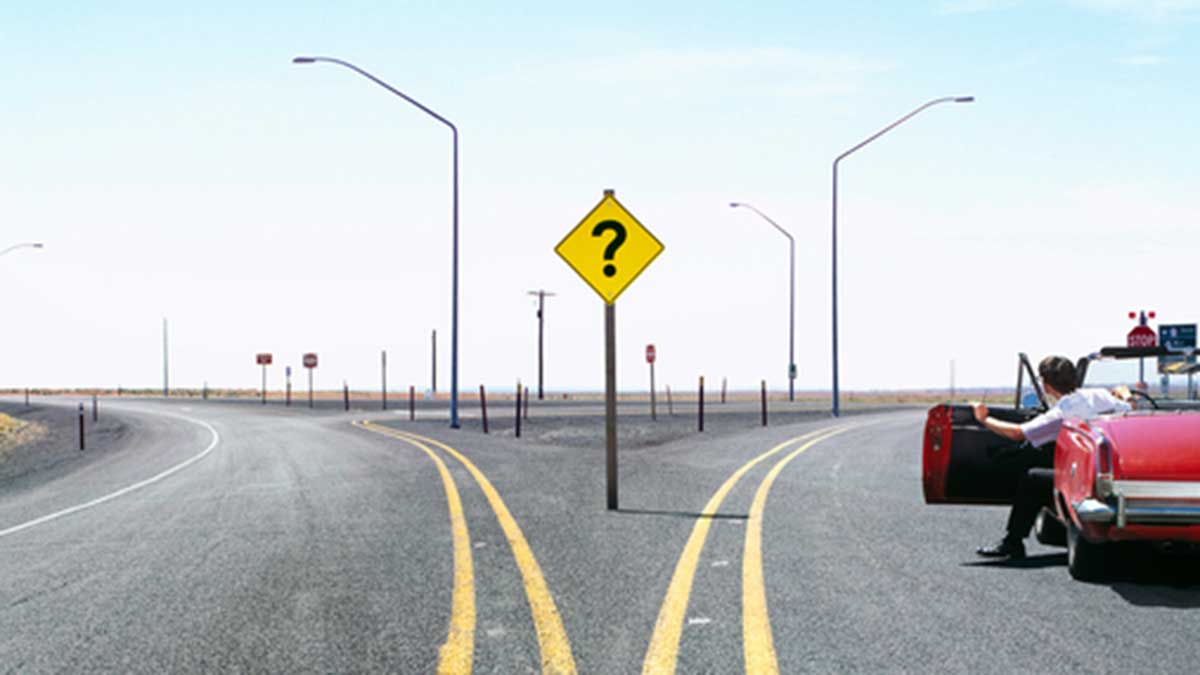Taxi and ride-share car supplier P2P to debut on ASX after $29m IPO

No matter what driving service you use - P2P Transport want to make sure its in one of their cars. Picture: Getty.
P2P Transport, Australia’s largest fleet management business, will make its ASX debut on Wednesday, after raising $29.2 million in an initial public offering.
The company’s fleet of 720 cars includes traditional taxis as well as standard and luxury cars rented for use on ridesharing apps such as Uber.
P2P Transport (ASX:P2P) will start trading at 11am AEDT on Wednesday, hoping for a premium on its $1.32 offer price.
The company believes disruption from ride-share apps like Uber have fragmented the taxi fleet landscape, leaving them well-poised as the largest operator.
“P2P Transport’s large and growing fleet size, integrated business model and east coast reach ideally positions the company to participate in ongoing consolidation, delivering scale efficiencies and fleet network opportunities,” chairman Matthew Reynolds told shareholders.
Its not the first time the chair has forecast lofty goals — Mr Reynolds also sits on the board of infant milk formula darling Bubs (ASX:BUB) and surely hopes the fleet company will see the same 700 per cent growth.
P2P forecasts pro forma earnings before tax of $12.7 million this financial year, off the back of fleet expansion, part of which is to be funded by money from the IPO.
Cars are currently based out of eight locations on the east coast – Melbourne, Sydney and Brisbane as well as the Gold Coast and Toowoomba.
“The company’s strategy is to continue to grow its business through a combination of: increasing market share in existing geographies; expansion to new domestic geographies; earnings growth through enhanced asset utilisation; the launch of new digital and technological initiatives; and aligned acquisitions,” Mr Reynolds said.
Fleet rental comprises the majority of the business, but revenues are also generated through repairs and maintenance, advertising and accident recoveries.
According to the company, the Australian point-to-point passenger transport industry was worth $5.9 billion last year.
While more than 90 per cent of the spend was on taxis, ride sharing was growing quickly behind it, at 6 percent for the period.
UNLOCK INSIGHTS
Discover the untold stories of emerging ASX stocks.
Daily news and expert analysis, it's free to subscribe.
By proceeding, you confirm you understand that we handle personal information in accordance with our Privacy Policy.








